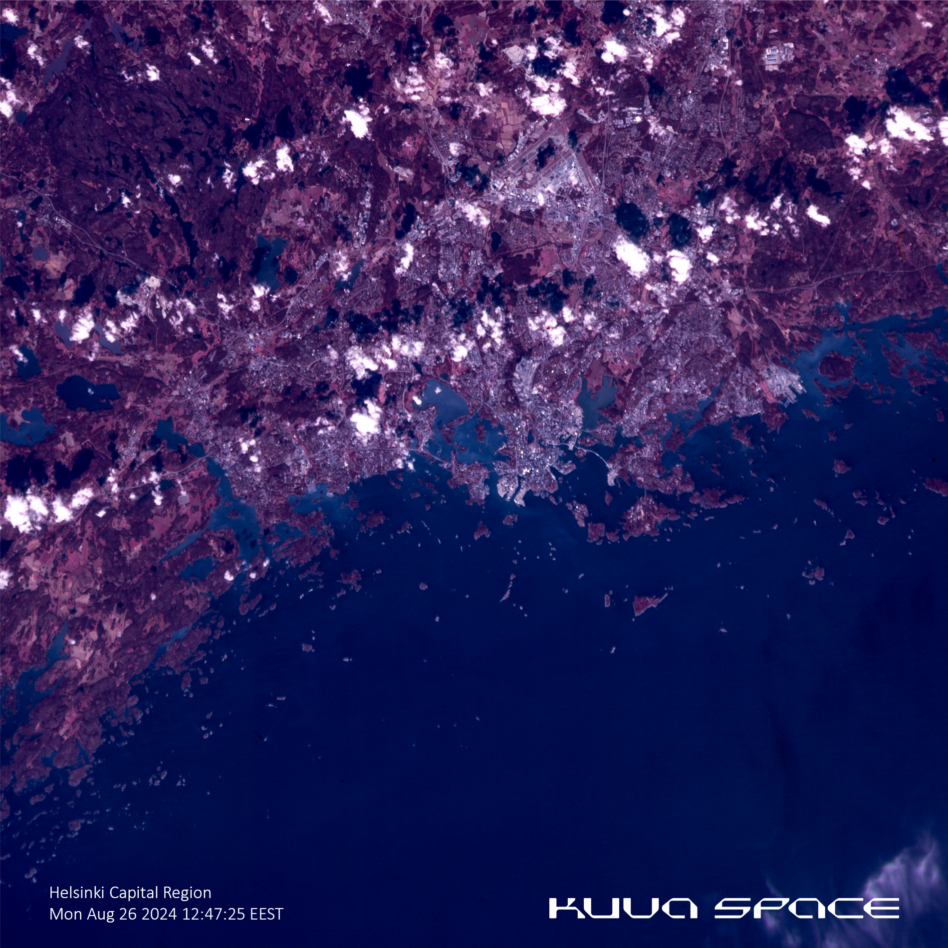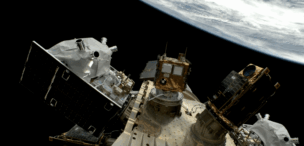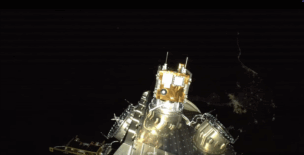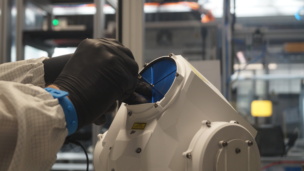ESA published its new Earth Observation Science Strategy on Monday, outlining the agency’s plans to grow the region’s EO capabilities over the next 10-15 years by prioritizing research into the areas that officials believe can have the biggest impact on humanity.
The details: The strategy outlines four areas where ESA believes it can invest and innovate, with an end goal of having a framework that can be applied to all EO activities, connecting research, new mission ideas, tech, and data usage.
- Frontier science and discovery: ESA will focus its EO priorities around answering a list of 52 science questions on everything from the ocean carbon cycle to polar ecosystem impacts and volcanic processes.
- From science to societal benefits: ESA acknowledged the need to ensure that its EO investments are used to inform policy decisions, mitigate climate risks, and enforce compliance through measurement, reporting, and verification.
- Reducing critical knowledge gaps: The agency wants to make EO data more accessible—including using small research satellites with short term development cycles to fill critical data gaps.
- Establish a decision-making tool: Ultimately, ESA wants a system-of-systems architecture to guide future research and technology decisions.
The bottom line: The strategy commits to utilizing commercial EO capabilities wherever possible, reaffirming ESA’s strong public-private relationship—one that’s been vital to helping companies in the region flourish.
OroraTech, a German-based thermal-infrared data intelligence company, has seen up-close how ESA’s involvement can help businesses thrive. The company was a part of the ESA Business Incubator, and has gone on to win a multi-million-dollar contract with the agency to deliver data as part of the Copernicus Contributing Mission.
“I think [ESA] are kind of reinventing themselves right now,” OroraTech CEO and CTO Martin Langer told Payload. “[ESA] has a role as a catalyst to the new space sector in the sense of having almost a quality stamp for data, and having the potential to distribute data through their channels.”
The down side: However, others say this is only the first step in the right direction.
Kuva Space, which is the sole hyperspectral data services provider for the Copernicus program, has benefited greatly by pushing the technological boundaries of Europe’s EO capabilities. The company’s commercial success is dependent on ensuring their services can integrate seamlessly with public EO data, Kuva Space cofounder and CTO Tuomas Tikka told Payload.
“The challenges we face—from climate change to ecological degradation—demand a more agile, ambitious response from Europe’s space sector,” Tikka said. “ESA could lead the way by creating more flexible frameworks for collaboration, enabling quicker development cycles and greater innovation within Europe’s commercial space ecosystem.”




